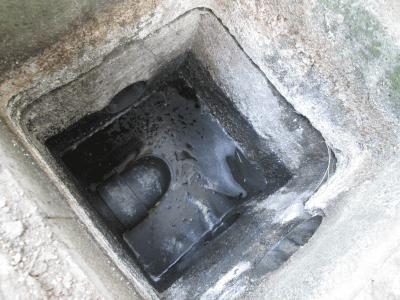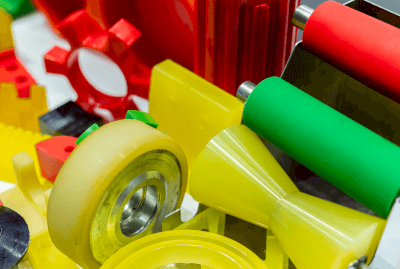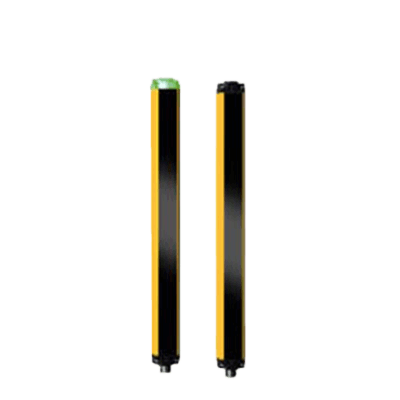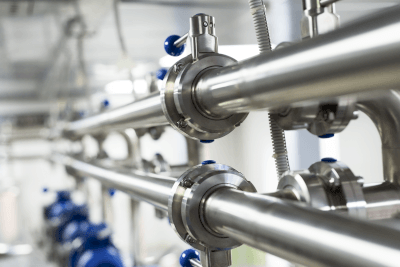What Is a Catch Basin?

A catch basin is a solid structure designed to prevent sewage system clogging.
Typically, sewage pipes are buried underground, often beneath structures, making it impractical to excavate and clean them when they become obstructed. However, the risk of blockages can be mitigated by installing a drainage catch basin with an accessible lid for cleaning. These basins collect solid components in the drainage system.
There are three primary types of catch basins: rainwater catch basins for collecting rainfall, sewage catch basins for wastewater, and roadside catch basins.
Uses of Catch Basins
Catch basins are primarily used for managing rainfall and domestic wastewater in residential settings.
Rainwater catch basins are connected to house gutters, collecting rainwater and directing it into drainpipes, either leading off the property or infiltrating it into the ground.
Sewage catch basins, on the other hand, are linked to residential drains. They capture domestic wastewater, preventing materials that could obstruct pipes from entering the sewer system. They can also regulate wastewater flow, preventing excess wastewater from overwhelming the treatment capacity of the sewer system. The basins can be easily inspected and cleaned by opening the manhole on top.
Principles of Catch Basins
The principles behind different types of drainage catch basins are similar, irrespective of their specific use. They consist of a pipe for rainwater and wastewater flow, a trap basin (constructed from concrete or PVC) for collecting wastewater, a drainpipe, and a manhole for maintenance. In residential applications, the drainage pipe is connected to the sewerage system or a septic tank.
Catch basins are situated at lower levels than the pipes and drains they feed into. This configuration ensures that waste and debris carried by rainwater and sewage do not pass through the system as-is but accumulate in the trap basin, preventing pipe blockages. Additionally, by temporarily storing water in the trap basin, large volumes of wastewater are prevented from being discharged all at once.
For rainwater treatment, the design of the trough and manhole areas varies. For example, a vinyl chloride trap basin with holes is used to facilitate rainwater infiltration into the ground. In contrast, catch basins used for road drainage have manhole openings with holes to directly collect rainwater, improving the drainage functionality.
How Catch Basins Work
The term “catch basins” is a general term for inspection ports.
Let us begin by explaining how a sewage trough, which is part of catch basins, functions. Sewage troughs, also known as invert troughs, are installed at various locations around a residential water supply. They serve to store wastewater and separate it into suspended solids and sediment. Domestic wastewater from the home flows into the sewage catch basins through a drainpipe. Suspended solids that float in the water and sediment that settles to the bottom are then collected in the middle of the catch basins to prevent them from entering the sewer system. As a result, drainage only occurs when the water level reaches a certain point.
Drainage pipes connected to the sewerage system can consist of straight pipes or straight pipes with elbow joints. Sewage troughs require regular cleaning as they have limited self-cleaning capabilities. Particular attention should be given to troughs connected with elbow joints, as increased sedimentation can cause drainage loss.
Types of Catch Basins
In addition to sewage catch basins, various other types of catch basins exist.
Firstly, there are rainwater troughs.
Rainwater troughs are bucket-shaped cylindrical structures designed to store and collect rainwater. They are typically installed along house gutters. The number of units to be installed is determined by calculating the amount of runoff from the roof and the property. Municipalities often have specific regulations governing how rainwater should be managed. If it is not directed into an external gutter, it can be diverted to a storm drain or infiltrated into the ground for absorption. When using storm sewers, care must be taken during connections, as these systems incorporate separate pipes for sewage and rainwater to ensure proper treatment.
The next type is the public trough.
Catch basins are strategically placed to prevent blockages in sewage and rainwater pipes or to redirect drainage pipelines.
The public trough serves as the final collection point before connecting to the sewage system on residential and public street sides. Typically, public basins are installed by the sewer superintendent.
Lastly, mud pool basins and drop basins exist.
Mud pool basins share a similar structure to collection basins along public roads. They are positioned within stormwater pathways to allow debris, mud, and other contaminants to settle, preventing pipe obstructions.
A drop basin is a specialized basin installed to ensure proper slope for drainage. It is employed to adjust the drainage angle, as drainage can be impeded if it deviates from a certain gradient.


